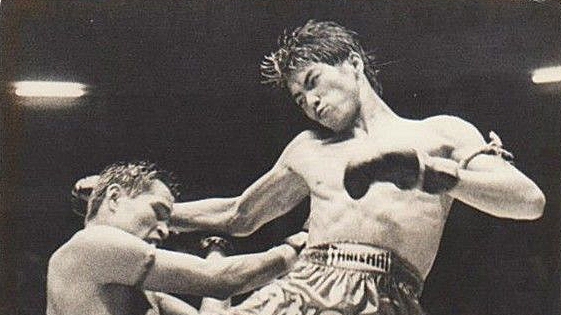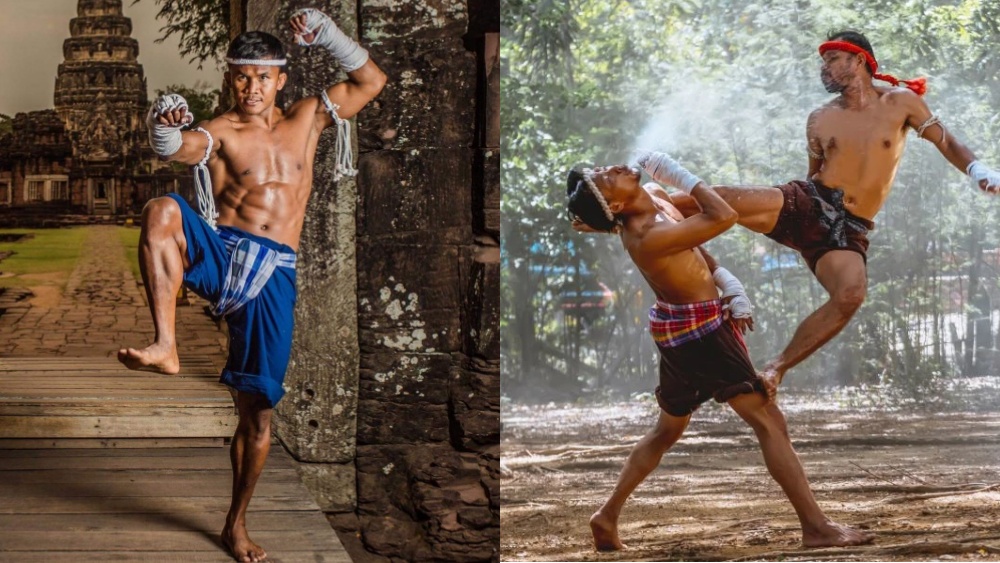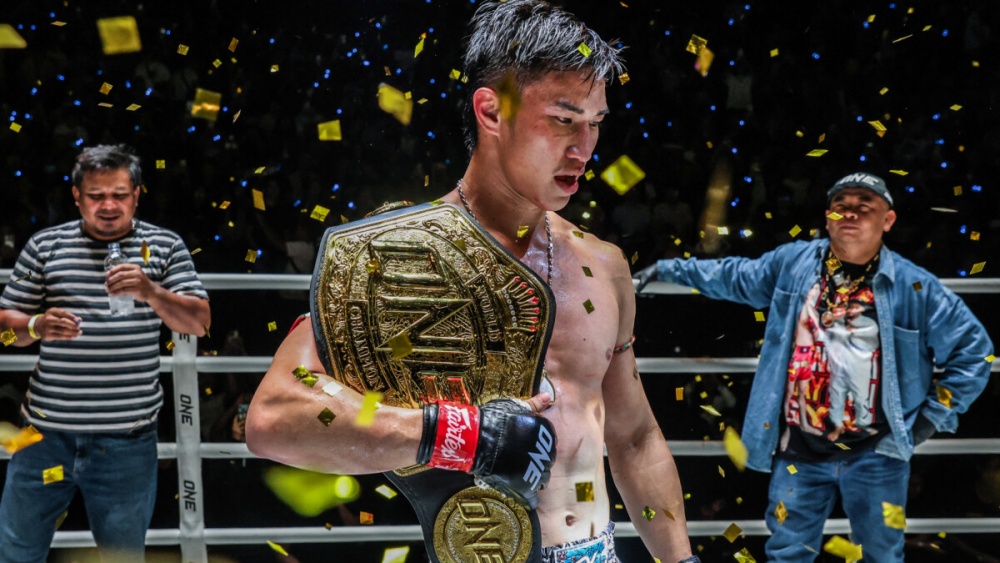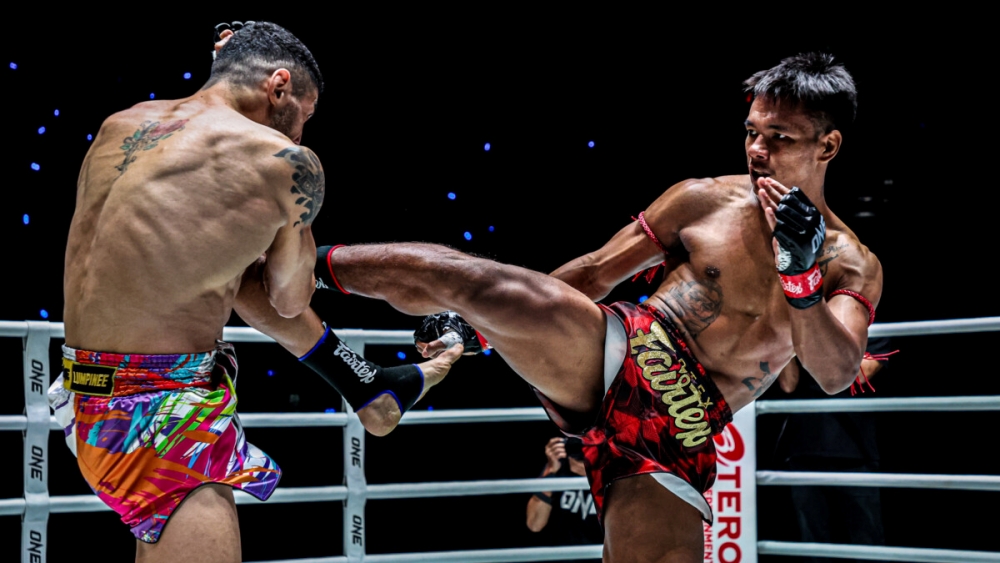Once upon a time in Thailand, things were just… better. The fighters were far more skilled, tougher, and everything just simply glistened with gold. The competition was greater and the Lumpinee and Rajadamnern Stadiums looked and felt inexplicably better than they do now.
Well, that’s what many Muay Thai nostalgists will have you believe.
The contrarians will look at things differently, arguing that enduring love of “The Art of the Eight Limbs” leads many of us to the period between 1980 and 1995 known as “The Golden Era.” For these doubters, things today are no different to back then. Unfortunately, many of us disagree.
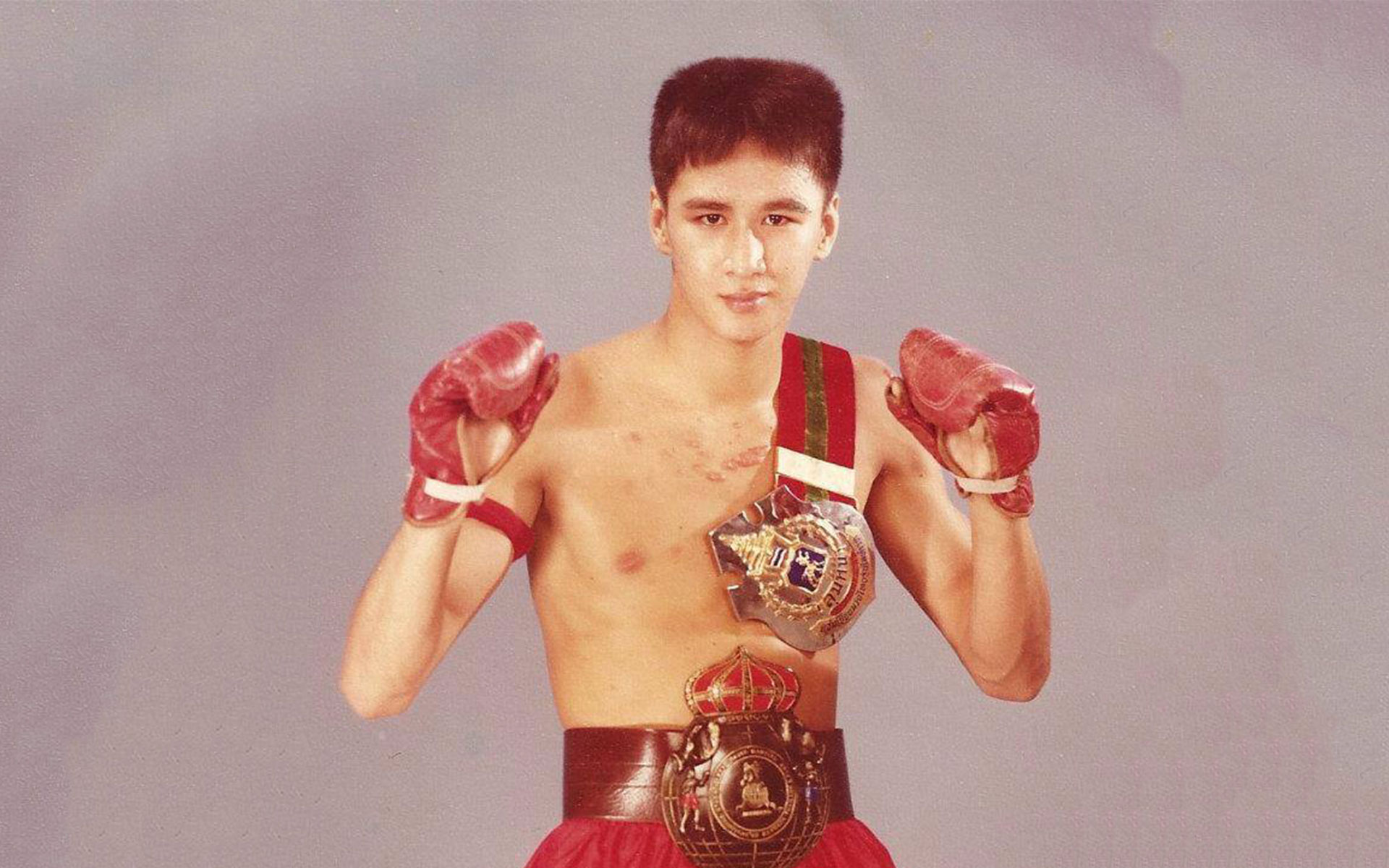
Back then, there was a feeling in the air that something special was happening. A conveyor belt of talent fed special fighters from countless villages and rural areas of Thailand. There was more money than ever, greater exposure, and a series of earth-shattering bouts that are now the stuff of legend. It was a period when iconic promoters like Songchai hosted some of the finest fights in history.
What is the Golden Era?
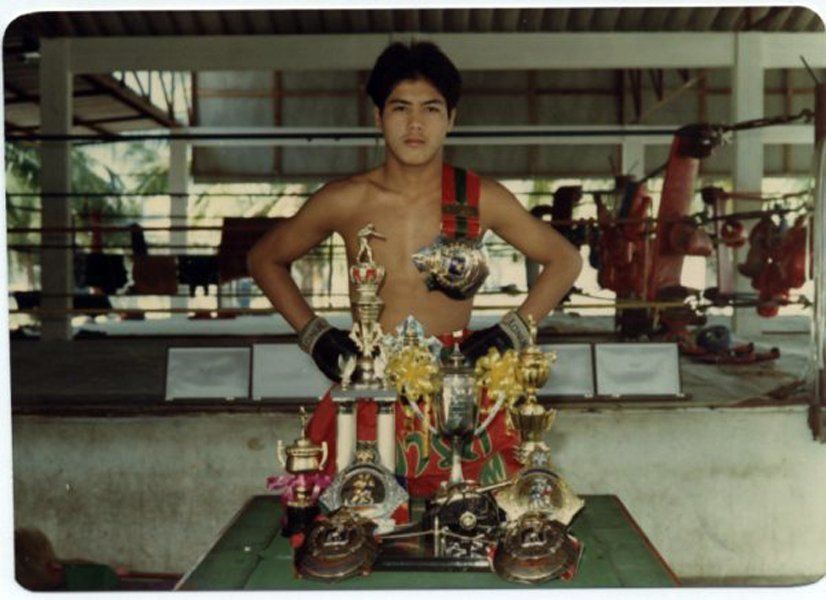
Muay Thai is far from the only sport to go through a period where everything just seemed to click. There was never a greater pool of talent than during this period. The competition was also unlike anything Thailand had ever seen before. We saw an incredible mix of different styles and cultures that were taken from all four corners of Thailand in a battle of supremacy that lasted around 15 years.
This Golden Era, in some ways, defines the sport today. The great fighters such as Samart, Diselnoi, Sakmongkol, and Jongsanan are cited as influences by many of the young kids starting out in the sport. Much like Greek legends taught to Westerners by enthusiastic fathers and grandfathers, these names are passed down to wide-eyed children in all 76 provinces of Thailand and beyond.
What Was Behind the Golden Era?
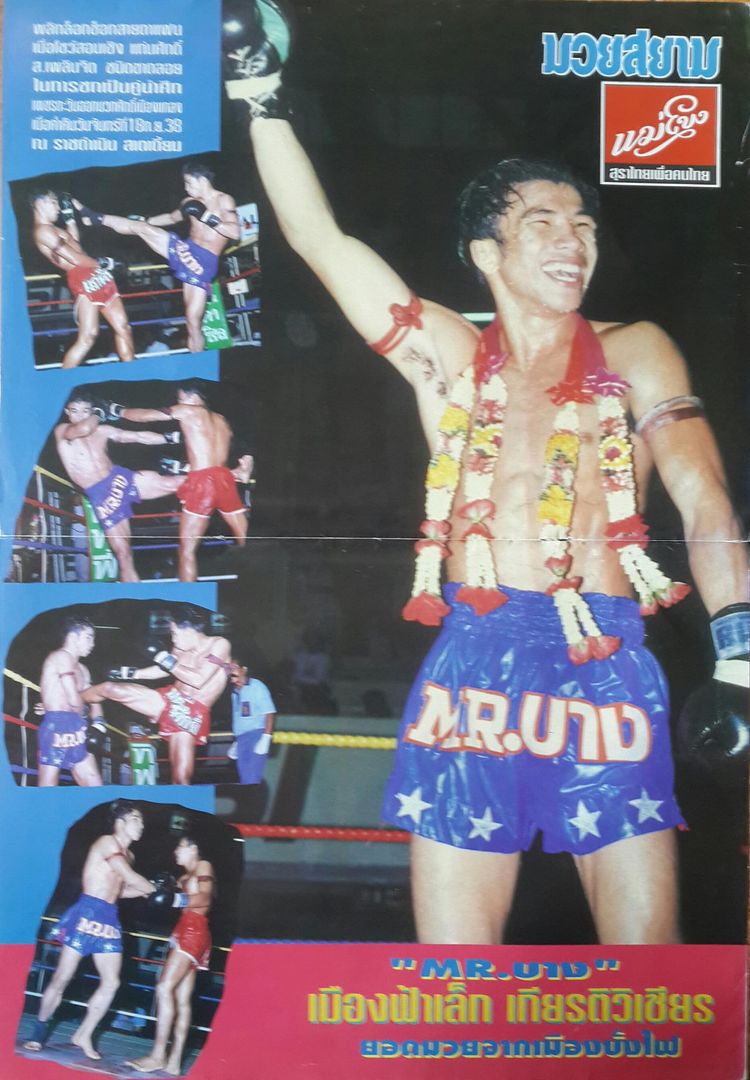
You have to look at the Golden Era of Muay Thai as the point when the sport took a huge leap towards modernity. In some ways, you can draw comparisons to other sports, such as basketball or boxing, when the sport exploded in popularity and produced an abundance of talent. In 1970s USA, the rise of the commercial and TV ages led to more and more youth emulating their heroes and looking for the prizes that came with that.
Boxing, on the other hand, arguably had its own golden ages in the 1920s, 1950s, and 1970s. There are many key contributing factors in each era. For example, during hard times and the poverty that came with the depression in the United States, more and more men turned to boxing as a way to enjoy a better lifestyle. In essence, it was a chance at making money at a time when work was more than scarce.
In Thailand, during the 70s and 80s, conditions were incredibly tough. Finding the money to feed yourself – or, in most cases, your family – was a difficult task in itself. So, in order to make money and enjoy a decent standard of living, young men turned to competing in order to have food in their stomachs and some money in their pocket. Much like the Depression Era in the United States, there were few opportunities to find work.
Unless, of course, you were in Bangkok. Around this time, the Thai economy had been enjoying something of a boom, but the money did not make it out to the poor regions of the countryside. This was, evidently, where the majority of the greatest Nak Muays in the history of the sport were being produced. Getting a spot on a card at one of Muay Thai’s Meccas was the dream.
Behind the Greats
Alongside the notable greats of the Golden Era, there were other fighters such as Veraphol, Chamuekpet, Langsuan that brought war and fireworks into the arena. One of the most common complaints you will hear from old school Muay Thai fans is that fighters just don’t seem to be as tough as these guys in the modern age. Given the poorer standard of training facilities, gloves, and living conditions, it is no wonder that these guys were hard as coffin nails.
Perhaps it is the same reason why fighters like Jack Dempsey, Gene Tunney, Rocky Marciano and the like no longer exist in the world of boxing. That level of toughness cannot be taught, and fighters who are created in the hardest and most arduous of conditions usually have that extra bit of mettle to them.
Another common gripe among the old-timers is that gambling has ruined the sport. Back in the Golden Era, fighters would go at it from the first bell. Some say that modern fighters who pace themselves and adopt a more exhibition-style manner to please bettors aren’t quite the same. The all-out wars are just not there anymore and the spectator-friendly nature of bouts has diminished.
In a way, the old-school way of doing things has been forfeited in favor of pleasing the men who fund the bustling betting market. Regardless of what way is best for the longevity of the sport – and its global appeal across the world – this is just the way things appear to be, in the eyes of those who experienced the Golden Era first hand.
Capturing lightning in a bottle can be an amazing thing to witness, but it comes at a price. As with many other sports that are popular around the world, time tends to shape it, for better or worse. While we may never get to see the beauty of another age quite like the original Golden Era, it is not out of the question to see another at some point in the future.
Greatness is rarely predicted or created by man. Quite often, it happens when you least expect it to.
If you found this article interesting, here are some others that you may enjoy:
The History And Origins Of Muay Thai
